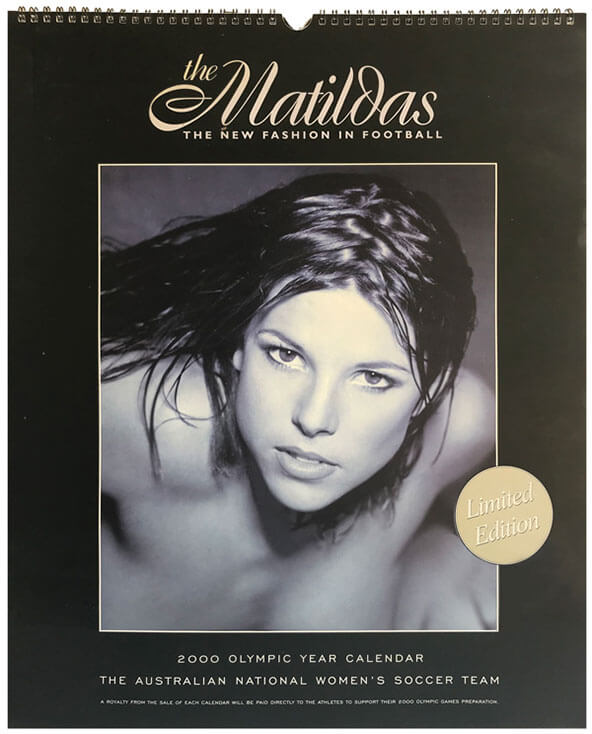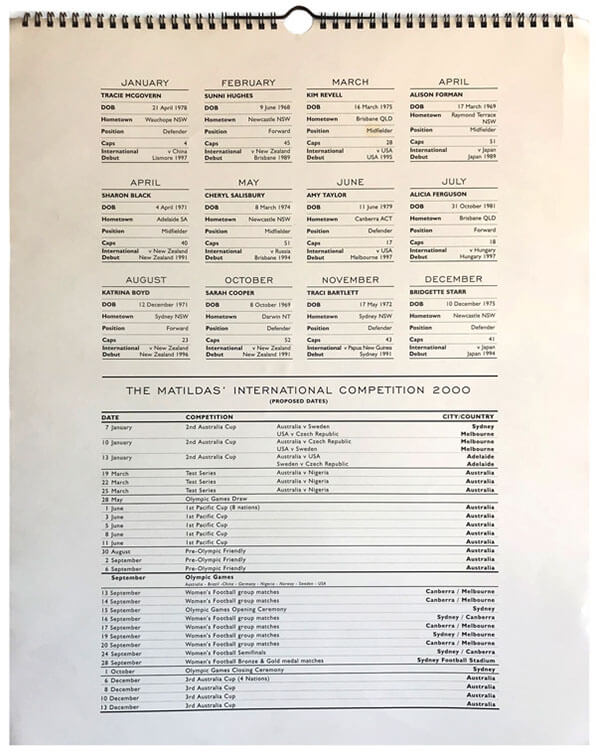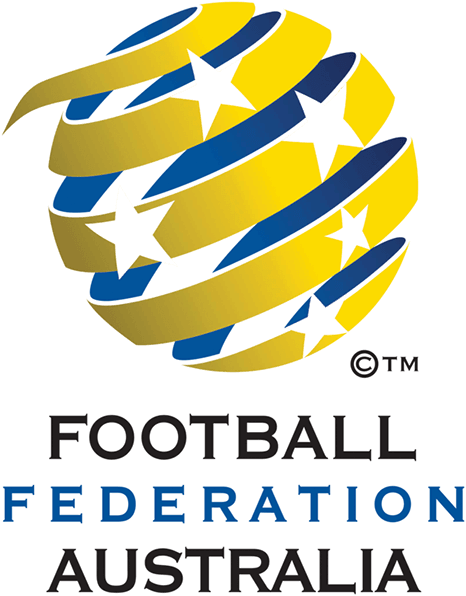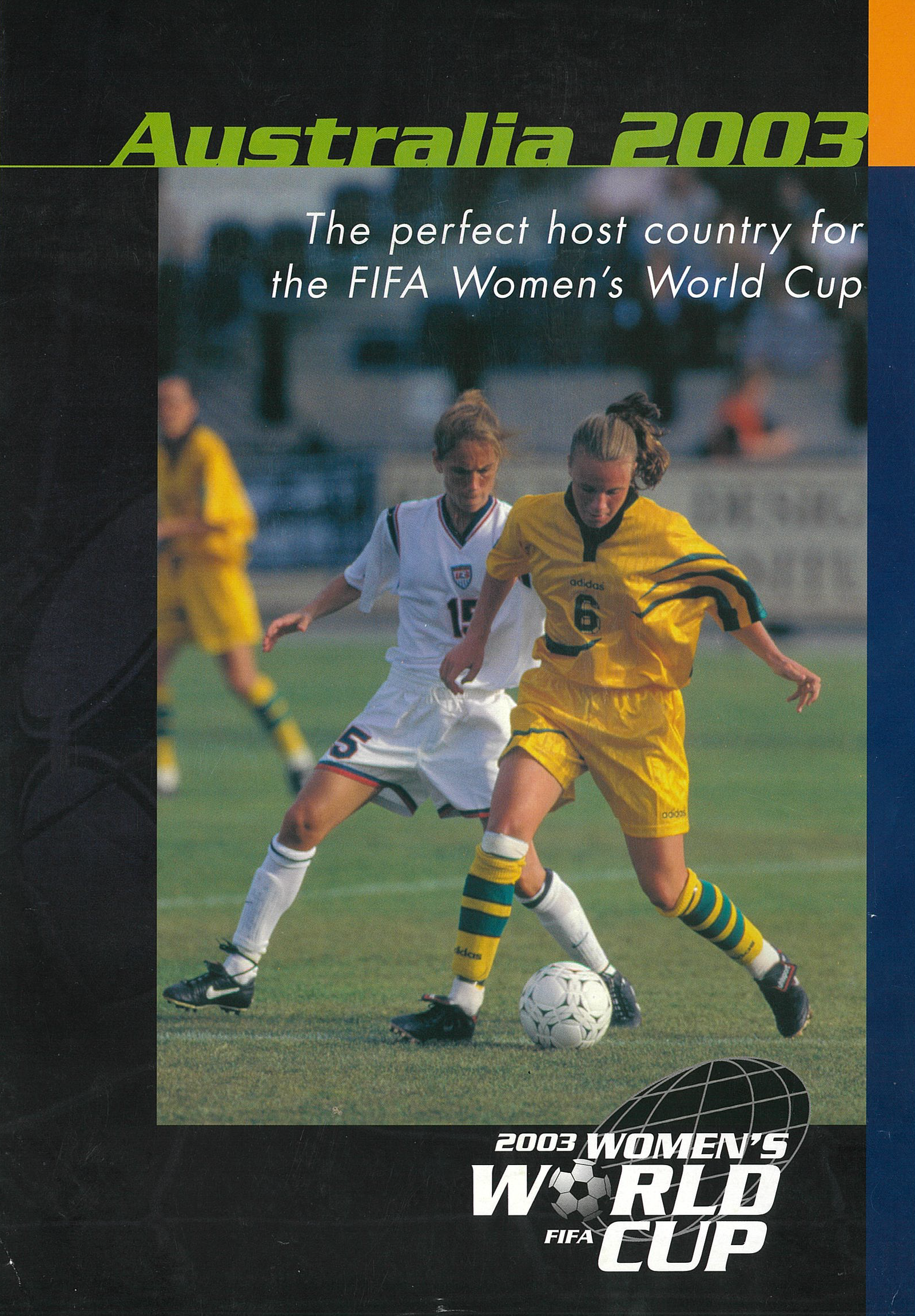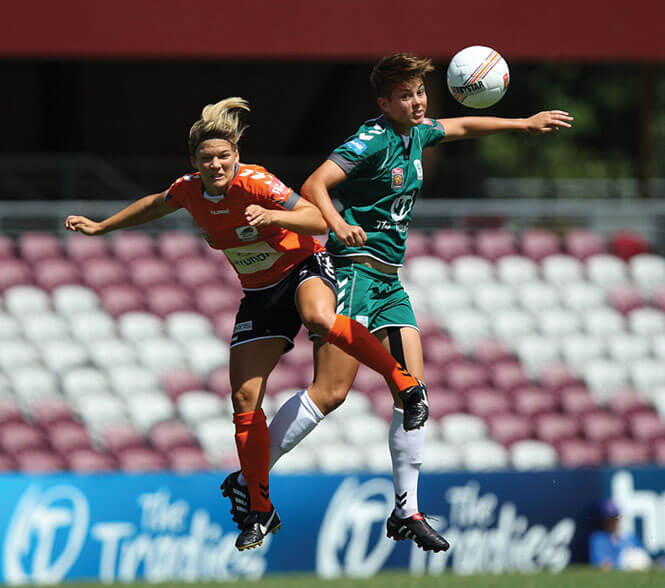You’d be forgiven for thinking things looked bleak for women’s football in the early 2000s. Coming into the 2000 Olympics the Matildas were barely being paid, were forced to use second hand equipment the Socceroos were done with and they couldn’t get publicity, despite qualifying for two world cups. If the Matildas couldn’t get attention, or paid, imagine what it was like for the local game. To raise money, they published a Nude Calendar. It’s still one of Australia’s fastest selling Calendar’s ever. It sold 40,000 copies. They made $4000 each. Still a lot more than they’d earned from Soccer Australia in the previous year.
The ABC started asking the same questions, and among the bad publicity the Government stepped in and in 2003 the Crawford Report was handed down.
The Crawford Report or Independent Soccer Review Committee, published in 2003, changed the face of football. It was instigated because:
- the Socceroos failed to qualify for the 2002 World Cup;
- they couldn’t afford to bring players to international friendlies;
- the ABC investigation into the greedy self-serving men running Soccer Australia; and
- the extensive negative publicity.
The reforms saw the National and State Football Associations restructure the governance of the game to a more democratic approach and the enfranchisement of groups not previously represented (e.g. referees, women’s players, etc.).
A new governing body, the Football Federation of Australia, was established. Frank Lowy’s Board helped the organisation gain financial stability, sponsorship to match northern hemisphere counterparts, and more professional domestic competitions – the A-League in 2004 and the W-League in 2007.
In 1999 Australia bid to host the 2003 FIFA Women's World Cup. Unfortunately the bid was unsuccessful and the USA was host to the 2003 World Cup. Twenty years later in 2019, Australia is bidding to host the 2023 Women's World Cup. We believe that equal pay for the Matildas may help the #GetOnside World Cup bid.
Read the original 2003 Women's World Cup Bid (PDF) [3.81MB].
Bringing through new players and making sure they fit well in the squad is a crucial part of the team’s continuing success and development. In 2007 the U17 Matildas were set up to ensure Australia continues to develop our local talent at the highest level.
Their Head Coach is none other than the super-talented Raeanne Dower. She played all her football in Brisbane, including representing Brisbane and Queensland. She is now an exceptional top-tier coach with awards and even a couple of W-League titles on her shelf.
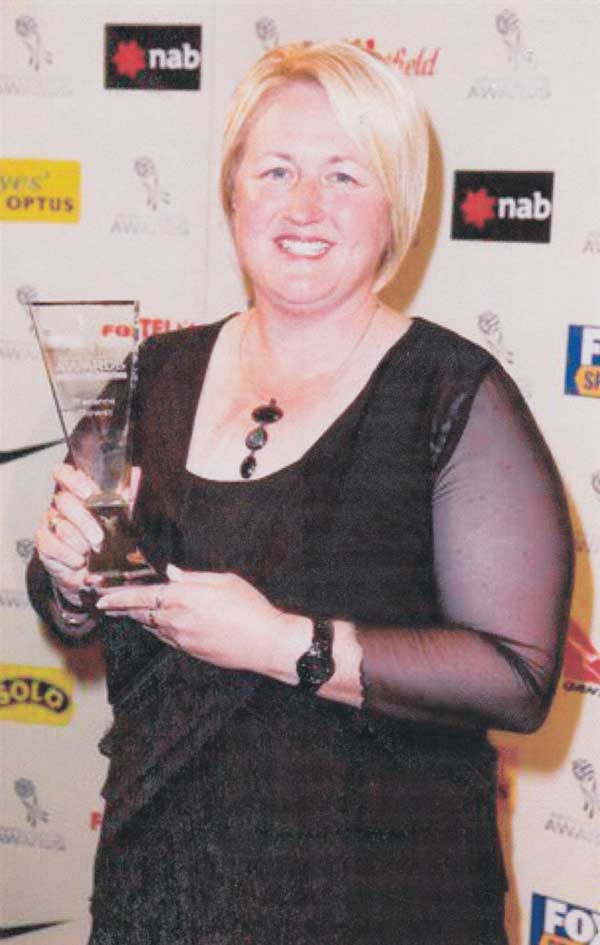 Raeanne Dower
Raeanne Dower
The first W-League’s season kicked off, 25 October 2008. The W-League was instigated in the wake of coinciding events:
- The Matildas Quarter Final place at the 2007 Women’s World Cup;
- the Crawford Report;
- the establishment of the A-League (2004); and
- the influential Matildas coach, Tom Sermanni, noting publicly how much the Australian national team would benefit from top tier professionalised competition.
Each W-League squad is required to have a minimum of 20 and a maximum of 26 players. The W-League’s short season runs across the off-season of several well-established leagues elsewhere, including the USA. As a result, W-League teams can benefit from foreign players coming here.
The competition consisted of eight teams: Adelaide United, Canberra United, Central Coast Mariners, Melbourne Victory, Newcastle Jets, Perth Glory, Brisbane Roar and Sydney FC. Only Canberra United were not affiliated with a Men’s club.
Musk Avenue
Kelvin Grove, QLD, 4059
withtheballatherfeet@gmail.com
Copyright © 2019 - with the ball at HER feet - Copyright statement
